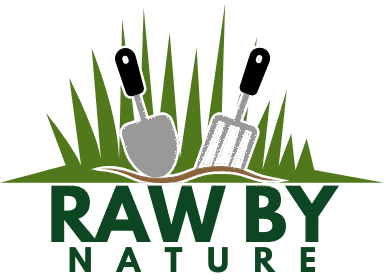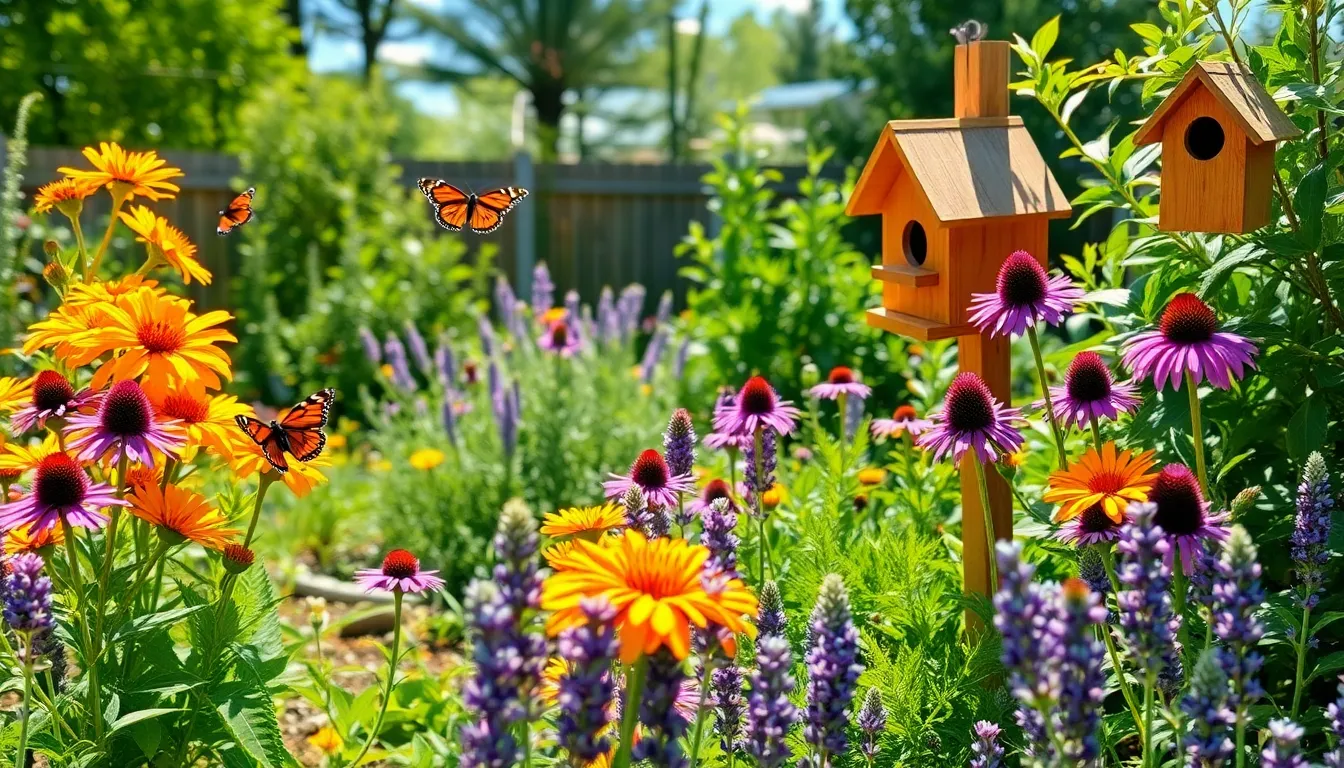Imagine stepping into your backyard and finding it alive with the fluttering colors of butterflies. These delicate creatures not only bring beauty and tranquility to your garden but also play a vital role in pollination and the health of our ecosystem. Whether you’re just beginning your gardening journey or have a seasoned green thumb, creating a butterfly garden is a rewarding project that enriches both your outdoor space and your soul. With a few thoughtful choices about plants and garden design, you can transform your backyard into a haven that invites these mesmerizing visitors to stay awhile.
Butterfly gardens are more than just an aesthetic delight; they are a testament to your commitment to nurturing our environment. By providing a sanctuary for butterflies, you contribute to the preservation of species that are increasingly threatened by habitat loss and climate change. In this article, we’ll guide you through selecting the right plants, ensuring you have the ideal layout, and understanding the needs of these enchanting insects. Together, we’ll explore practical steps and insightful tips, making butterfly gardening an accessible endeavor for everyone, regardless of experience.
Select the Ideal Garden Location
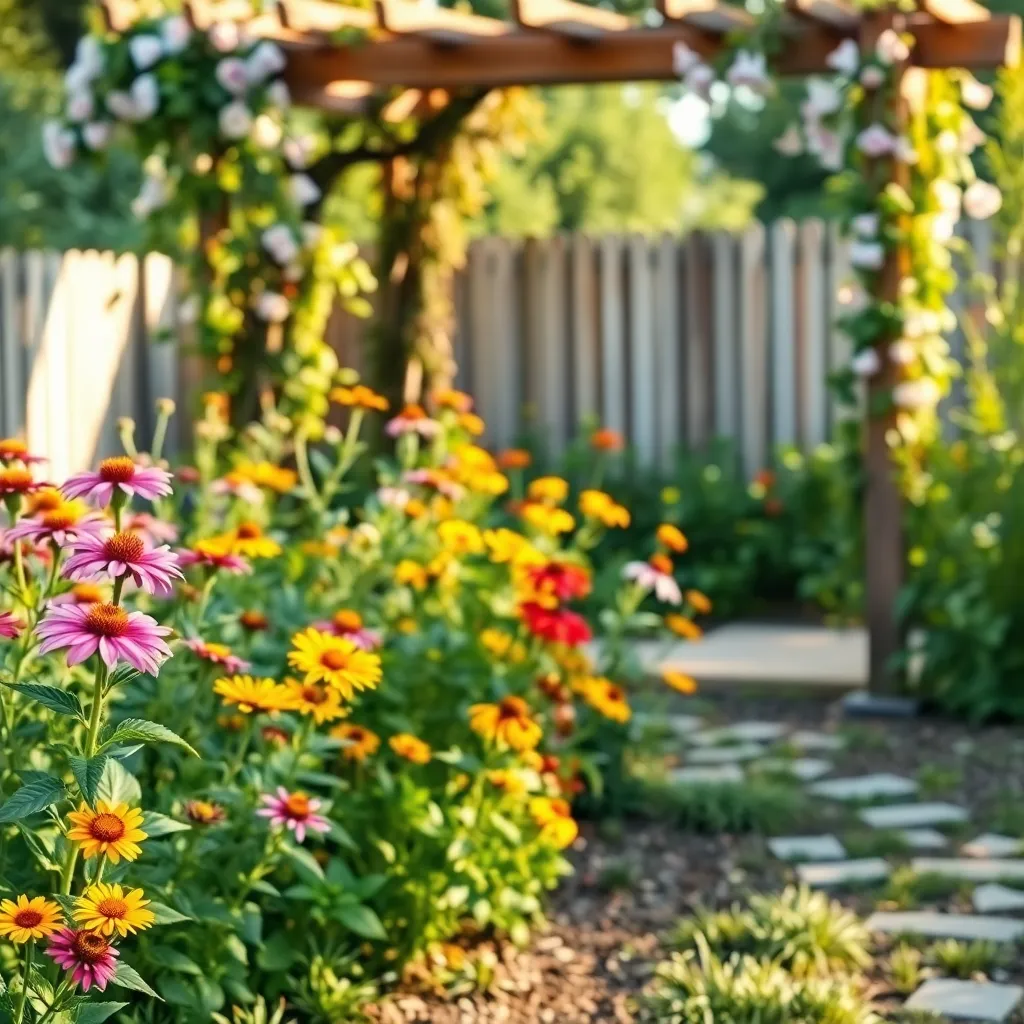
Begin by choosing a location in your backyard that gets plenty of sunlight, as butterflies thrive in sunny areas. Most butterfly-friendly plants require at least six hours of full sun daily, which ensures vibrant blooms and healthy growth.
Consider the soil quality in the chosen area, aiming for well-drained soil that can support a variety of nectar plants. To improve soil conditions, you can mix in organic compost, which enhances both drainage and nutrient content.
It’s crucial to think about the proximity to water sources, as butterflies are more likely to visit areas where they can find moisture. Installing a shallow water dish with stones can provide the hydration they need without drowning them.
For those with some gardening experience, creating a windbreak can further enhance your butterfly garden. Planting taller shrubs or using garden structures can protect your plants and butterflies from strong winds, making your garden a more attractive and safe haven.
Choose Butterfly-Friendly Plants
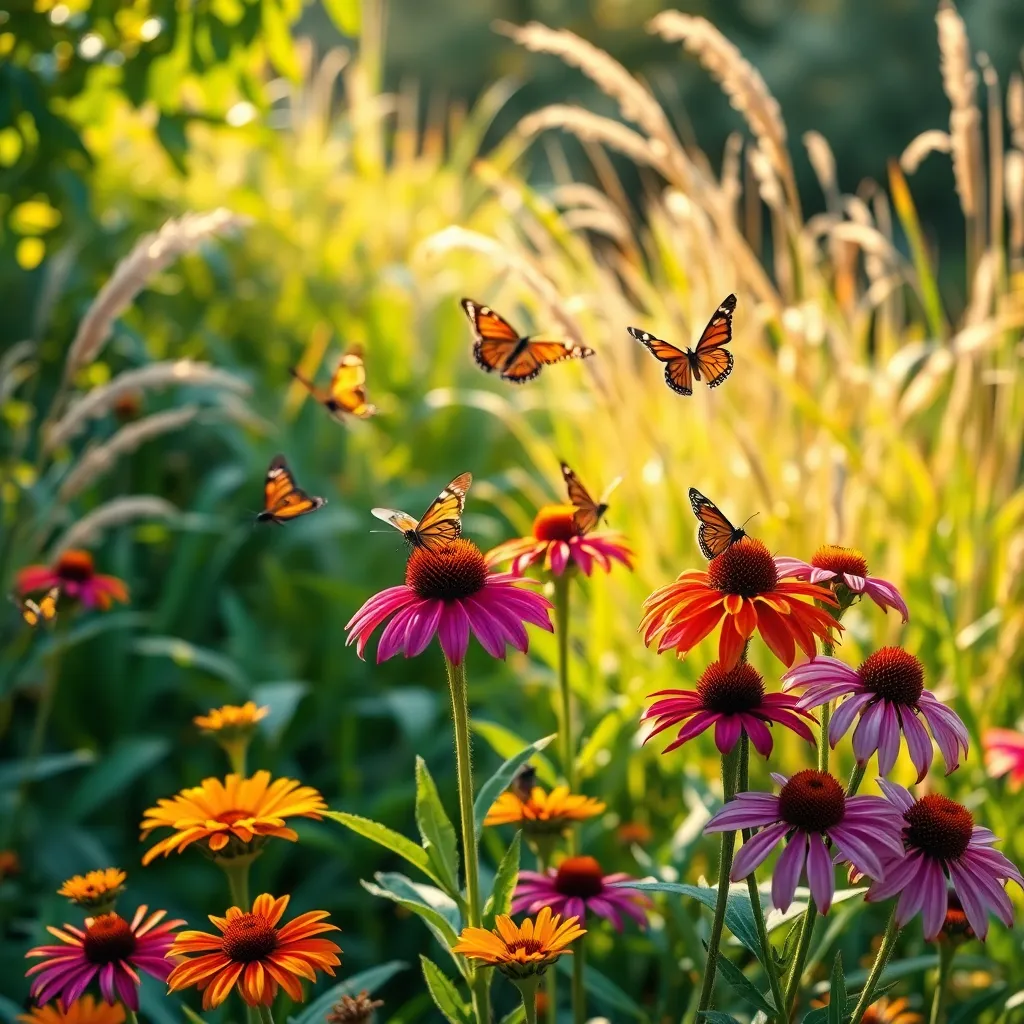
To attract butterflies to your garden, it’s essential to choose plants that provide both nectar for adult butterflies and food for caterpillars. Opt for native plants as they are well-suited to your local climate and are more likely to attract local butterfly species.
Consider planting a variety of flowering plants that bloom at different times of the year. This ensures that there is always a food source available, keeping butterflies visiting throughout the seasons. Colorful flowers like lantanas, coneflowers, and pentas are particularly attractive to butterflies and thrive in sunny locations.
Maintaining the right soil conditions is crucial for the health of your butterfly-friendly plants. Most of these plants prefer well-drained soil, so consider adding organic matter or compost to improve soil texture and fertility. Water your plants deeply but infrequently to encourage deep root growth and drought resilience.
For those looking to delve deeper, consider layering your plantings with a mix of heights and structures. Taller plants like Joe Pye weed or butterfly bushes can serve as a backdrop, while shorter plants like milkweed can be planted in the foreground. This layering not only enhances visual appeal but also mimics natural habitats that butterflies find inviting.
Prepare and Enrich the Soil
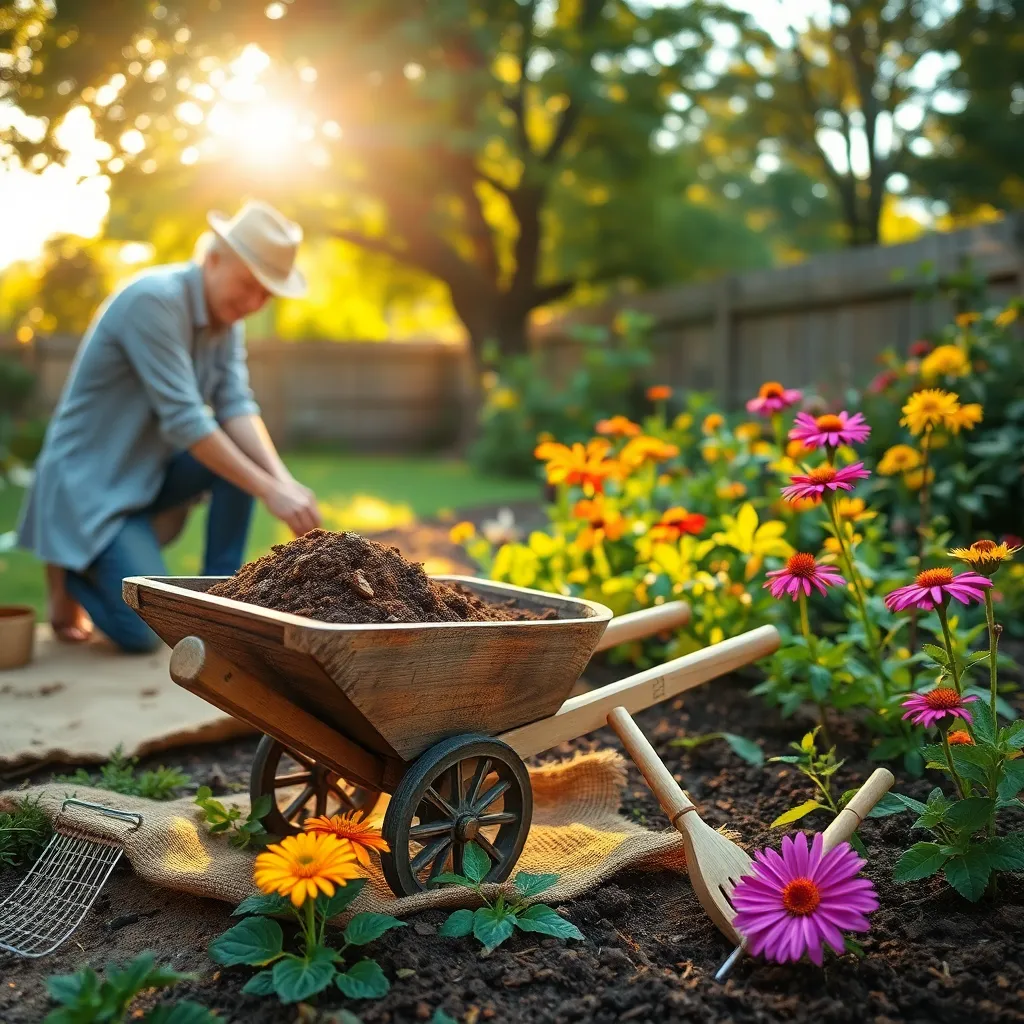
Before planting, it’s crucial to prepare and enrich the soil to ensure your butterfly garden thrives. Start by assessing the current condition of your soil; a simple pH test kit can determine if it requires any adjustments.
Loosen the soil to a depth of at least 12 inches to promote healthy root growth. This step ensures that roots can easily access nutrients and water, especially in compacted or clay-heavy soils.
Incorporate organic matter such as compost or well-rotted manure to enhance soil fertility and structure. Aim for a mix that allows for good drainage while retaining enough moisture to support plant growth.
For gardens located in sandy areas, adding organic matter is particularly important to improve water retention. Conversely, if your garden soil is clay-based, incorporating sand and organic matter can improve its drainage capabilities.
Consider enriching the soil with specific nutrients that cater to butterfly-friendly plants. Using a balanced, slow-release fertilizer can provide essential nutrients over time, supporting plant health and, in turn, attracting more butterflies.
Plant and Arrange Strategically
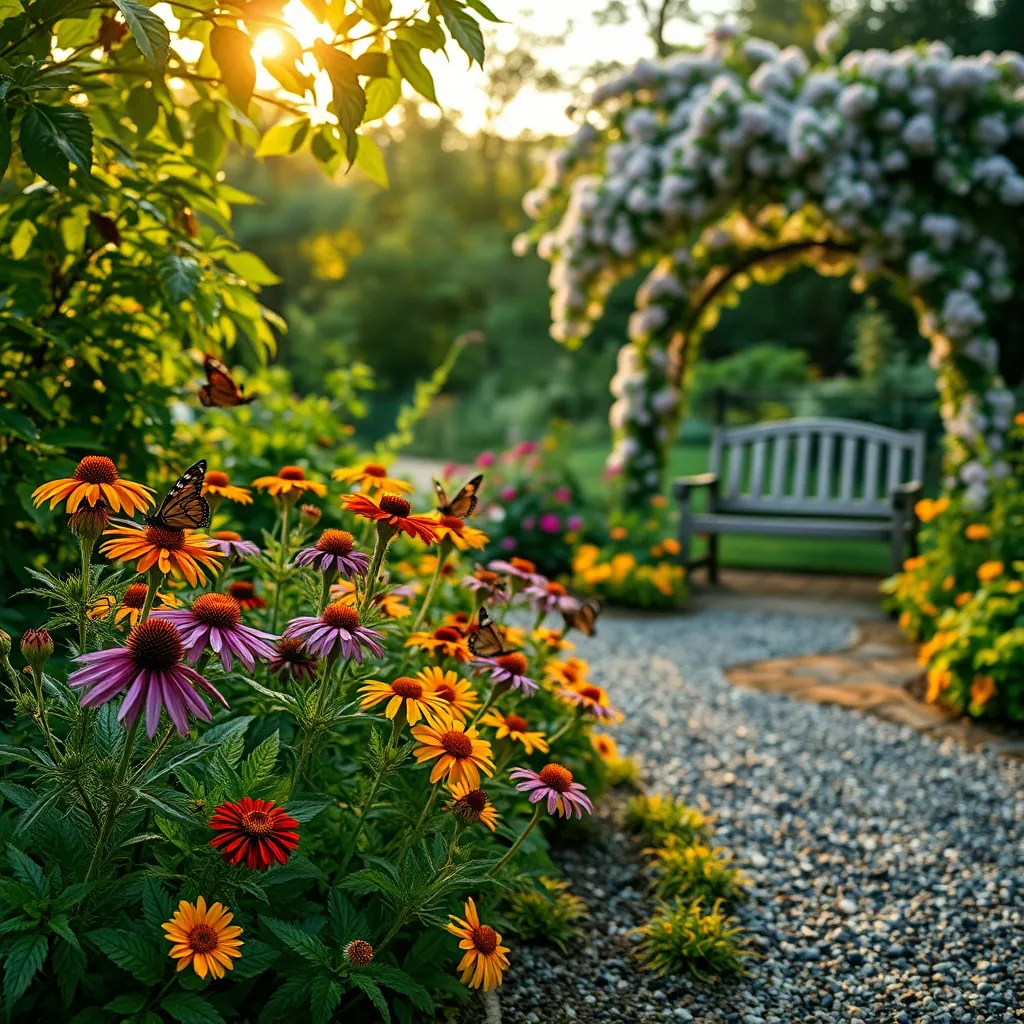
To create an inviting butterfly garden, strategically selecting and arranging your plants is essential. Group plants with similar sunlight and water needs to ensure each species thrives while minimizing maintenance.
Position taller plants like Joe-Pye Weed or Butterfly Bush at the back of your garden to provide structure and a backdrop for shorter nectar-rich flowers. This not only creates a visual hierarchy but also ensures all plants receive adequate sunlight without being overshadowed.
Consider planting in clusters rather than single lines to create a more natural look that butterflies prefer. This approach helps in attracting more butterflies by offering them larger patches of color and fragrance to notice and explore.
Include a mix of host plants such as milkweed for monarchs and nectar plants like zinnias and lantanas. Host plants are crucial as they provide a place for butterflies to lay their eggs, ensuring the continuity of their life cycle in your garden.
Add Water Sources and Shelter
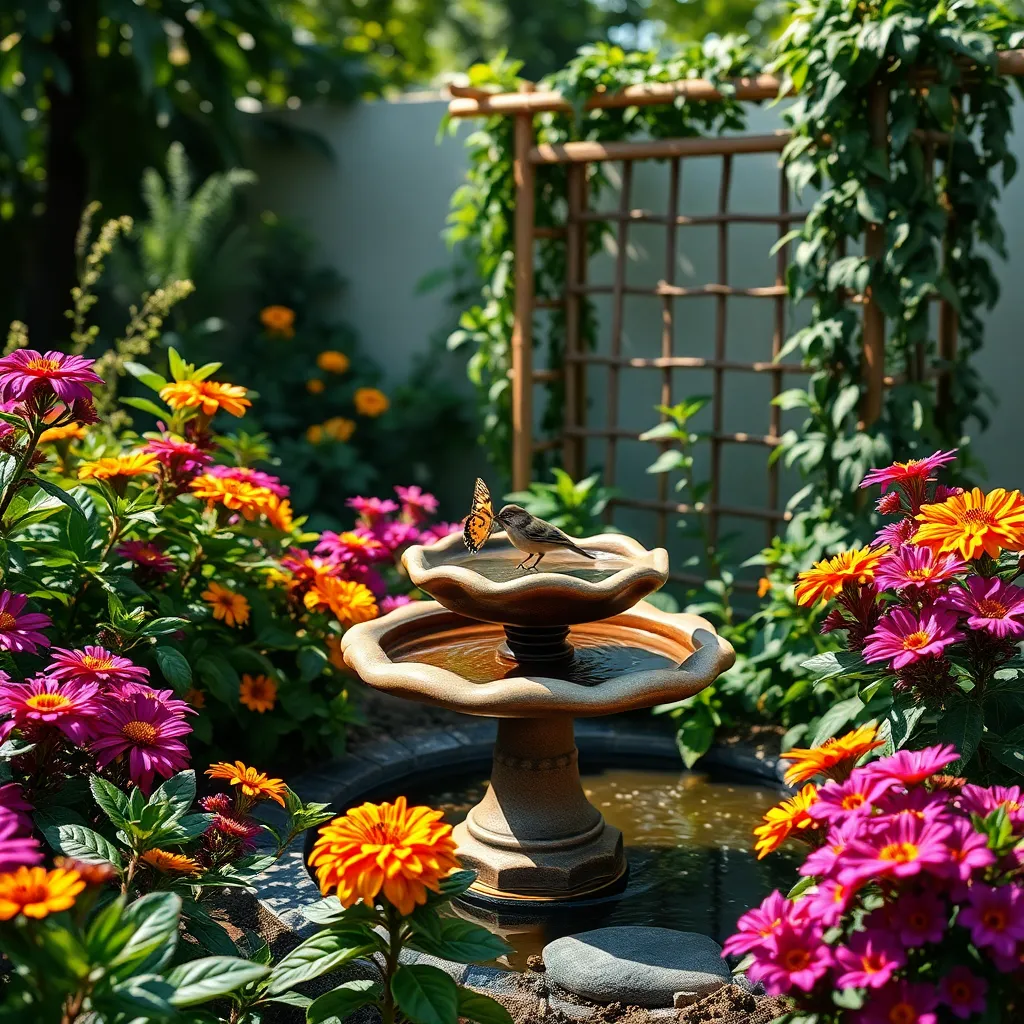
To create a thriving butterfly garden, it’s essential to include water sources that cater to these delicate pollinators. A simple way to do this is by using a shallow dish filled with sand and water, ensuring the sand is damp but not submerged, so butterflies can safely land and drink.
Consider adding a small bird bath or a shallow puddle in a sunny area, as butterflies are attracted to warmth. Make sure to keep the water clean by changing it every few days to prevent the growth of algae and mosquitoes.
In addition to water, butterflies need shelter from wind and predators. Incorporate native shrubs and grasses that provide coverage and resting spots, such as milkweed and coneflowers, which also double as nectar sources.
For those looking to enhance their garden further, try adding a few flat stones in sunny spots. These stones not only serve as basking sites for butterflies to warm their wings but also add aesthetic appeal to your garden.
Conclusion: Growing Success with These Plants
In nurturing a butterfly garden, we uncover five key relationship principles: patience, communication, nurturing, adaptation, and celebration of diversity. Just as we patiently await the bloom of a garden, patience in relationships fosters growth over time. Clear communication, akin to understanding the needs of different plants, is vital for flourishing connections. Nurturing, through consistent care and attention, strengthens bonds, while adaptation—adjusting to changing seasons—ensures resilience. Finally, celebrating diversity in your garden reflects the beauty of valuing differences in your relationships.
To put these principles into action, start by choosing a ‘relationship flower’ to plant this week—perhaps a shared activity or a heartfelt conversation that will enrich your connection. As you embark on this journey, remember to save this article for guidance and inspiration anytime you need a reminder of these essential relationship-building blocks.
By integrating these insights into your everyday interactions, you pave the way for a thriving personal garden of relationships. Embrace these steps with confidence, and watch as your connections blossom into the vibrant, supportive network you’ve always envisioned. Save this article now as a touchstone for your ongoing journey toward relationship success.
